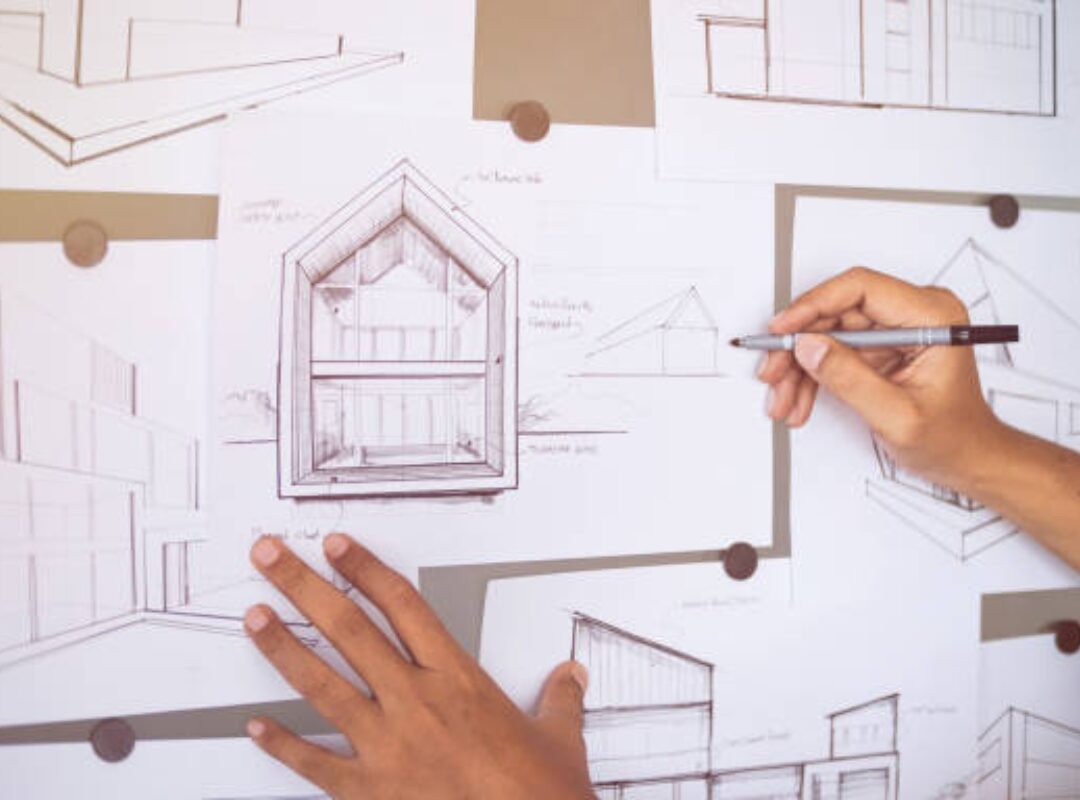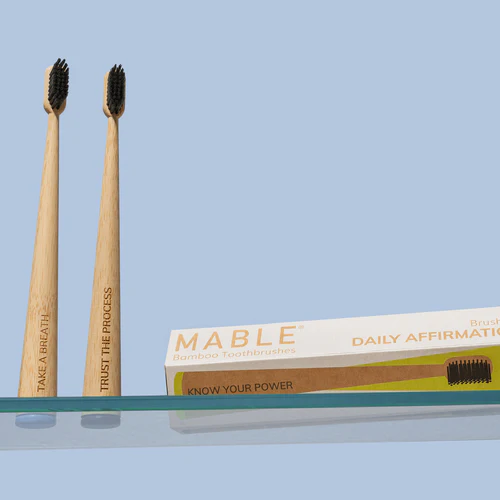
Designing a custom home is one of the most rewarding experiences for any homeowner. It’s an opportunity to tailor your living space around your current lifestyle while also planning for the future. As families grow and evolve, so do their needs, and a thoughtfully designed custom home can adapt to those changes seamlessly. Whether you’re welcoming new family members, accommodating teenagers, or creating a space for aging in place, planning ahead ensures your home remains functional, comfortable, and truly yours for years to come. With careful consideration of layout, storage, and future-proof features, a well-designed custom home becomes a lasting investment in your family’s well-being.
Benefits of Building a Custom Home for the Long-Term
When you choose to build a custom home, you’re not just selecting finishes and floor plans; you’re creating a blueprint for the way your family will live, work, and grow. A custom build allows for complete control over how space is allocated, giving you the flexibility to design areas that can serve multiple purposes over time. For example, a nursery today can become a home office or guest room tomorrow. Open-concept spaces can later be reconfigured with strategic wall placements or built-ins. These long-term benefits go beyond aesthetics, ensuring your home remains a perfect fit even as family dynamics shift.
Creating Flexible Spaces with Future Growth in Mind
Designing for flexibility is essential in any custom home. Families may start with one or two children and later need additional bedrooms or recreational areas. Alternatively, parents may eventually need a quiet workspace, or grandparents might move in. Incorporating multi-functional rooms is key, spaces that serve one purpose today but can easily be transformed in the future. This might include unfinished basements with plumbing rough-ins, bonus rooms above garages, or secondary living areas with private entrances. These decisions are particularly valuable when considering long-term location benefits, such as the advantages offered by Blue Mountains custom home construction, where homes are often built with scenic backdrops and strong community infrastructure.
Designing Storage that Evolves with Your Family
One area often overlooked in home design is storage, but for a custom home that grows with your family, smart storage is non-negotiable. Young children bring toys, gear, and school supplies; teens need space for sports equipment and electronics; adults benefit from efficient closets, pantries, and mudrooms. Rather than retrofitting storage solutions later, it’s more efficient to design them from the beginning. Built-in cabinetry, under-stair drawers, expanded garage storage, and walk-in closets all contribute to a clutter-free environment. This makes everyday life smoother and supports the needs of each stage of your family’s growth without constant reorganization or renovation.
Incorporating Smart Technology for Longevity
Another essential element of a future-proof custom home is smart technology. From energy-efficient lighting and climate control to integrated security systems and smart appliances, modern homes can be automated to match your lifestyle. As your family grows and schedules become more hectic, having a connected home can improve convenience and safety. For example, smart locks and surveillance systems can offer peace of mind as kids gain independence. Likewise, lighting and HVAC systems that learn your patterns can reduce energy costs. These investments make your home not only more livable but also more sustainable and cost-efficient over the long run.
Thoughtful Layouts That Prioritize Privacy and Togetherness
Balancing privacy and togetherness is a cornerstone of designing a successful custom home. Young families may prioritize play areas near the kitchen for supervision, while parents of teenagers may need quiet retreats. A well-thought-out floor plan includes open spaces for gathering and closed-off rooms for solitude. Split-bedroom layouts, where the master suite is separate from the secondary bedrooms, are becoming increasingly popular. Likewise, adding a second living room or media area can help different age groups coexist without interruption. With the right layout, your home remains comfortable for everyone at every stage of life.
Outdoor Spaces That Grow with You
A family-friendly custom home extends its functionality beyond four walls. Outdoor living spaces offer endless flexibility, from play areas for young children to outdoor kitchens for entertaining guests as your family matures. Think ahead when designing patios, decks, and gardens. Could that sandbox become a fire pit one day? Is there space for a pool or hot tub down the road? Low-maintenance landscaping and designated recreational zones add usability and value, while also allowing your family to enjoy every corner of the property year-round. These enhancements contribute to a more complete and dynamic lifestyle.
Energy Efficiency and Sustainable Design
As utility costs rise and environmental awareness grows, energy efficiency is no longer a luxury; it’s a necessity. When building a custom home, you have the unique chance to prioritize sustainability from day one. High-performance insulation, triple-glazed windows, and solar-ready roofs can drastically reduce energy bills. Meanwhile, choosing locally sourced or eco-friendly building materials ensures a smaller carbon footprint. These decisions support a healthy indoor environment and increase long-term savings. Over time, these sustainable choices become even more valuable as your family’s energy usage naturally increases with more occupants and technology.
Planning for Accessibility and Aging in Place
Your custom home should not only grow with your children but also support your needs as you age. Including accessible design features now can prevent costly renovations later. Consider wider hallways, minimal steps, main-floor bedrooms, and barrier-free showers. Even if you don’t need these features today, integrating them discreetly makes your home more adaptable. Universal design doesn’t mean sacrificing style; it’s about creating spaces that feel welcoming and functional for everyone, from toddlers to grandparents. By designing with accessibility in mind, your home becomes a true multigenerational space built to last.
Long-Term Financial and Emotional Value
A well-planned custom home is more than a shelter; it’s a place where memories are made, milestones are celebrated, and roots are established. While the financial investment in a custom build may seem high upfront, the long-term savings on remodeling, maintenance, and energy costs often balance the scales. Moreover, the emotional value of living in a space that truly reflects your family’s needs and values is immeasurable. With the right planning and design team, your home becomes not just a place to live but a legacy to pass down.
Conclusion
Designing a custom home that grows with your family requires more than choosing beautiful finishes; it demands a long-term mindset and a willingness to plan for change. From flexible layouts and ample storage to energy efficiency and future accessibility, each decision you make today will influence how well your home supports your lifestyle tomorrow. With thoughtful design and a forward-thinking approach, your custom home becomes a space of enduring comfort, functionality, and joy, no matter how your family evolves.






